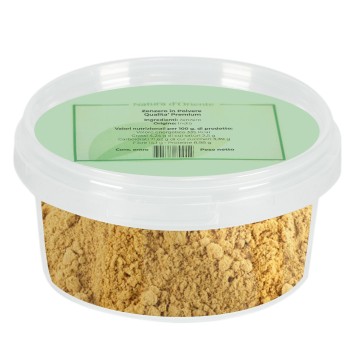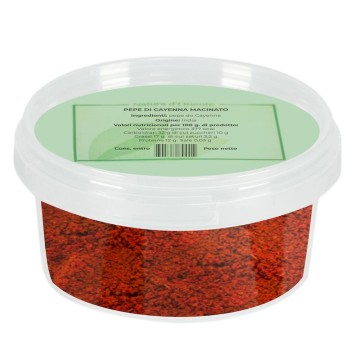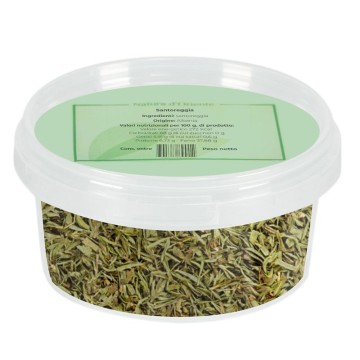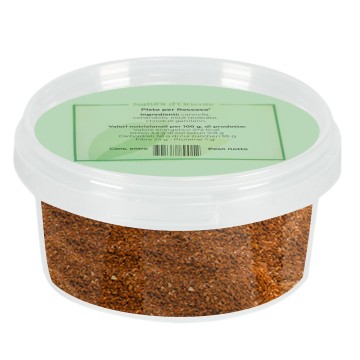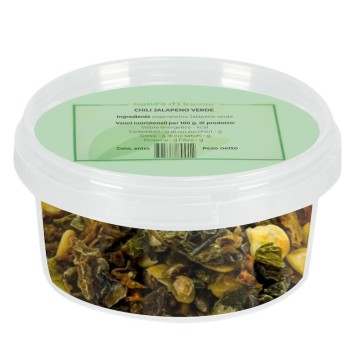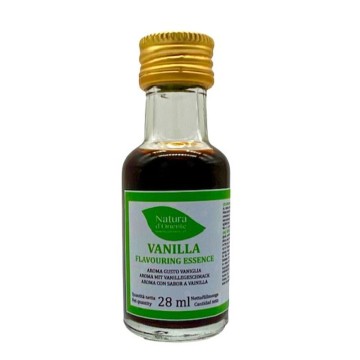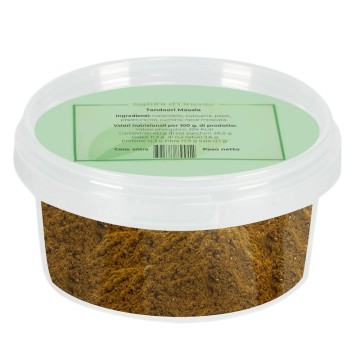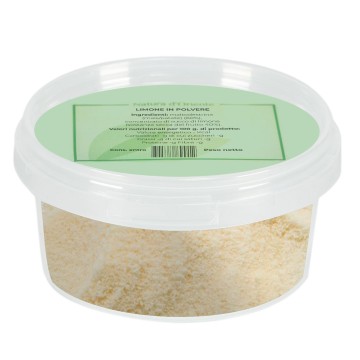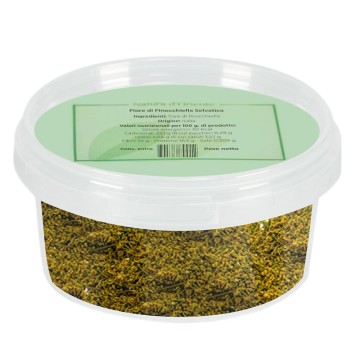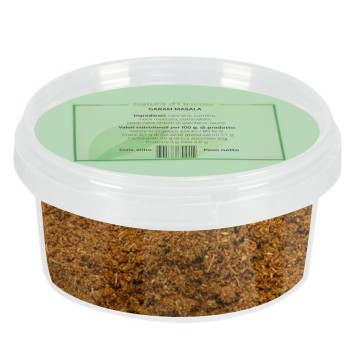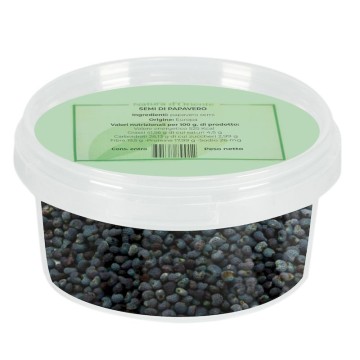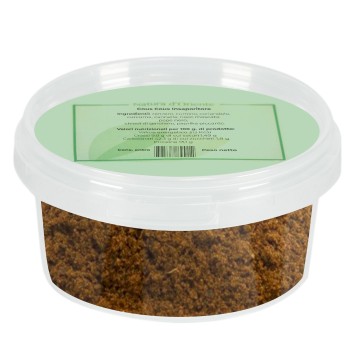Ground nutmeg: properties, benefits:
Nutmeg boasts numerous beneficial and healing properties. It contains various substances that determine its therapeutic use. It contains mineral salts important for our well-being such as iron, potassium, copper, zinc, sodium, calcium, phosphorus, manganese, selenium and magnesium.
It is also rich in B vitamins, vitamin C and A, folic acid; flavonoids such as beta-carotene, with antioxidant properties. There are important active ingredients such as myristicin and elemicin, which stimulate the central nervous system, with a preventive effect on neurodegenerative diseases such as Alzheimer's.
It also has a calming effect in case of anxiety and stress, in rebalancing the psycho-physical state and helps against insomnia, as well as improving concentration in case of mental fatigue.< br />Contains eugenol, useful against toothache, so much so that it is added to toothpastes and mouthwashes, also for its antibacterial properties against bad breath.
Nutmeg is a good remedy for solving problems related to the gastro-intestinal system. In the past, decoctions were prepared as a cure for nausea and indigestion, as well as in cases of gastritis and diarrhea. Nutmeg essential oil is used, mixed with almond oil, in therapeutic massages to soothe muscle and joint pain, but also to relieve rheumatism.
Even a gentle massage on the belly and stomach, with two drops of essential oil of this spice facilitates digestion and dissolves bloating, thanks to its carminative properties. It also has a toning and warming effect, especially for those who practice sports and need to loosen their muscles after an intense workout. A pinch of nutmeg in a glass of hot water helps to digest and soothe stomach pain, as well as eliminate intestinal gas. Thanks to its disinfectant action, it prevents and treats any intestinal infections.
Nutmeg also has a purifying effect on the liver and kidneys, as it promotes the elimination of toxins. Furthermore, at the renal level, it prevents stones and helps dissolve them, as well as acting as a disinfectant of the urinary tract, thanks to its antifungal and antibacterial properties. Its antiseptic action also takes place on the skin, eliminating impurities and reducing acne. Be careful not to overdo it though and not to use it pure, but always mixed with specific oils for the skin. A drop of essential oil in the shampoo purifies and normalizes the scalp, as well as strengthening and making the hair shiny.
Origins and history:
Nutmeg is the seed of the “Myristica fragrans”, an evergreen tree native to 'Indonesia, now widespread in various intertropical areas. Dried almond with a rounded oval shape, wrapped in a fleshy covering (mace) and contained inside the fruit, has a particular flavor and smell, due to the presence of an aromatic oil. Already known by medieval Arab merchants, this spice established itself in Europe only at the beginning of the 16th century. Its use, both in cooking and in perfumery, became so widespread in aristocratic circles that trading in it represented an occasion for hostility and intrigue between European states for over two hundred years.
There was a period, between the end of the 17th and the beginning of the 18th century, in which the so-called "civilized" world was seized by a passion for nutmeg. In some books it was claimed that the spice was a wonderful stimulant which, when sprinkled on the neck or in the pocket, released the best of its aroma. Nutmeg also long had a great therapeutic reputation as an antiseptic, and at the beginning of the 18th century it represented the remedy for over one hundred diseases. In the nineteenth century, when foods with a strong flavor and intense odor were identified as erotic stimulants, nutmeg became one of the most sought after aphrodisiacs, an indispensable element together with other spices in the preparation of the "love pill".
Since its massive ingestion caused hallucinations and convulsions, nutmeg was nicknamed in the twentieth century: "The poor man's narcotic". Even today this is a spice widely used in cooking, an ingredient in desserts, puddings and creams, but also in purees and boiled vegetables. In Italy it is often added to fillings for tortellini, ravioli and cannelloni made with meat, cheese or spinach.
Use in the kitchen: chicken meatloaf, ingredients: 500g of minced chicken breast 250g of ricotta 200g of mortadella 80g of parmesan 60 g of shelled pistachios, breadcrumbs, parsley, salt, nutmegta extra virgin olive oil.
PREPARATION: Blanch the shelled pistachios in boiling water for 30 seconds. Drain them and then remove the cuticle. In a mixer, chop the mortadella. Now transfer it into a bowl with the minced chicken breast, ricotta, grated parmesan, chopped parsley, salt, nutmeg and pistachios. Mix the ingredients and form a slightly flattened cylinder. Then roll it in breadcrumbs. Heat a drizzle of oil in a saucepan and brown the meatloaf in it on both sides. Now move it onto a baking tray lined with baking paper and cook it at 200°C for 1 hour, turning it a couple of times. Your chicken meatloaf is ready to be brought to the table.


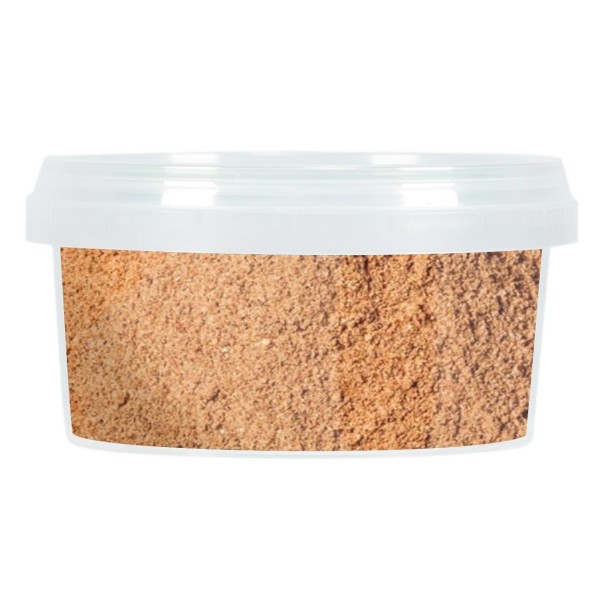






 No reward points for this product.
No reward points for this product.
